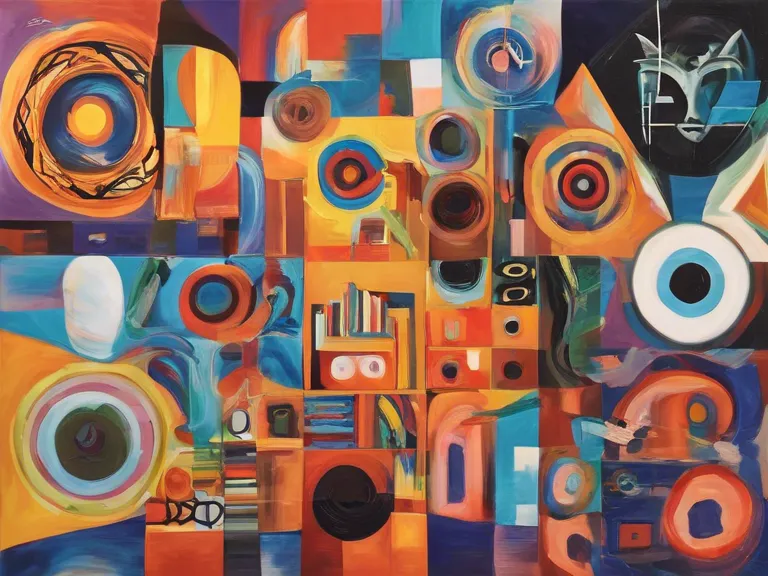
Introduction
The world of art is a vast and diverse landscape, filled with different styles, techniques, and aesthetics. One aesthetic that has been gaining attention in recent years is the Gacor aesthetic. Gacor, derived from the Indonesian word "gacor," meaning loud or vibrant, is a style of art that is characterized by bold colors, intricate patterns, and a sense of energy and movement. In this article, we will explore the Gacor aesthetic in-depth, discussing its origins, key characteristics, and notable artists who have embraced this vibrant style.
Origins of the Gacor Aesthetic
The Gacor aesthetic has its roots in Indonesia, a country known for its rich cultural heritage and vibrant art scene. The style draws inspiration from traditional Indonesian art forms, such as batik and wayang, as well as contemporary influences from street art and pop culture. The result is a unique aesthetic that blends tradition with modernity, creating art that is both visually striking and culturally significant.
Key Characteristics of Gacor Art
Gacor art is characterized by several key features that set it apart from other styles. These include:
- Bold Colors: Gacor art is known for its use of bright, bold colors that grab the viewer's attention and create a sense of vibrancy and energy.
- Intricate Patterns: Many Gacor artworks feature intricate patterns and designs, often inspired by traditional Indonesian motifs and symbols.
- Sense of Movement: The art style conveys a sense of movement and dynamism, with flowing lines and shapes that give the impression of motion.
- Playfulness: Gacor art often incorporates elements of playfulness and whimsy, adding a sense of fun and joy to the work.
Notable Artists in the Gacor Aesthetic
Several artists have gained recognition for their contributions to the Gacor aesthetic. One such artist is Yogyakarta-based painter Arie Gacor, known for his vibrant and dynamic paintings that capture the spirit of Indonesian culture. Another notable figure is Makassar-born street artist Dila Gacor, whose bold murals have brought the Gacor aesthetic to the streets of cities around the world.
Embracing the Gacor Aesthetic
For artists looking to explore the Gacor aesthetic in their own work, there are several key principles to keep in mind. Experimenting with bold colors, incorporating intricate patterns, and embracing a sense of movement and playfulness are all essential elements of the Gacor style. By drawing inspiration from traditional Indonesian art forms and adding a contemporary twist, artists can create vibrant and engaging artworks that captivate viewers and celebrate the rich cultural heritage of Indonesia.
Conclusion
The Gacor aesthetic offers a unique and exciting approach to art, blending tradition with modernity to create works that are visually striking and culturally significant. By exploring the origins, key characteristics, and notable artists associated with the Gacor aesthetic, we can gain a deeper appreciation for this vibrant and dynamic art style. Whether you are an artist looking to experiment with new techniques or an art enthusiast curious about different aesthetics, the Gacor aesthetic is sure to inspire and captivate with its bold colors, intricate patterns, and sense of movement.



